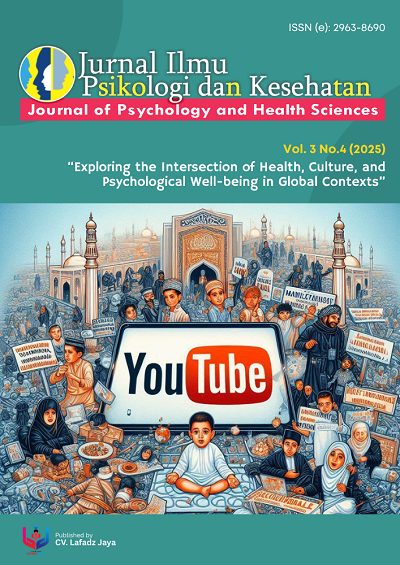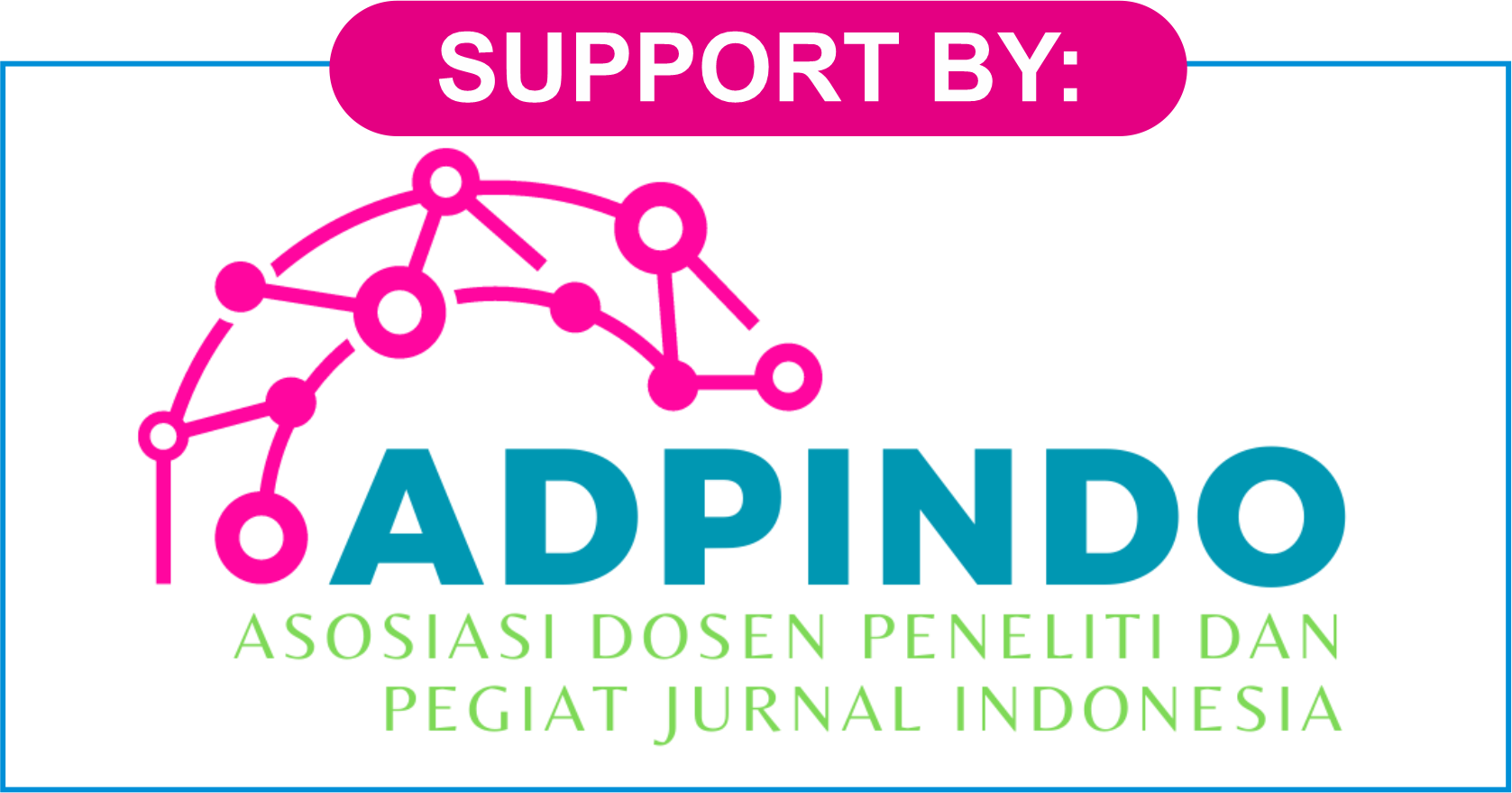THE IMPACT OF YOUTUBE CONTENT ON CHILD PSYCHOLOGY: A COMPREHENSIVE STUDY
DOI:
https://doi.org/10.47353/sikontan.v3i4.2782Keywords:
Child Psychology, YouTube, digital media, cognitive development, emotional regulationAbstract
The increasing consumption of digital media, particularly YouTube, among children has raised concerns about its potential effects on their psychological development. This study explores the relationship between children's YouTube viewing habits and various psychological outcomes. The research is guided by the need to understand how exposure to certain types of content influences cognitive, emotional, and behavioral development. Data was gathered through a mixed-method approach, combining surveys of children's viewing preferences with psychological assessments. Findings indicate a significant correlation between exposure to specific content, such as educational videos and entertainment channels, and children’s attention span, emotional regulation, and social behaviors. The study also identifies possible risks associated with excessive screen time, including negative impacts on self-esteem and social skills. This paper offers critical insights into the importance of parental guidance and media literacy in managing children's YouTube consumption, providing recommendations for future research and policy development in media regulation.
Downloads
References
Anderson, C. A., & Dill, K. E. (2000). Video games and aggressive thoughts, feelings, and behavior in the laboratory and in life. Journal of Personality and Social Psychology, 78(4), 772-790.
Anderson, D. R., & Pempek, T. A. (2005). Television and very young children. American Behavioral Scientist, 48(5), 505-522.
Bandura, A. (2001). Social cognitive theory of mass communication. Media Psychology, 3(3), 265-299.
Berk, L. E. (2009). Child Development (8th ed.). Pearson Education.
Boyd, D. (2018). It's Complicated: The Social Lives of Networked Teens. Yale University Press.
Christakis, D. A. (2009). The effects of infant media use: What do we know and what do we need to know? Pediatrics, 124(5), 1089-1091.
Gentile, D. A., et al. (2012). Media violence and public policy. American Behavioral Scientist, 56(3), 440-456.
Greenberg, M. T., et al. (2003). Enhancing emotional regulation in children: A review of the literature. Journal of Emotional and Behavioral Disorders, 11(3), 169-180.
Hetsroni, A., & Tukachinsky, R. (2020). The effects of watching YouTube influencers on adolescents. Journal of Broadcasting & Electronic Media, 64(3), 350-366.
Kowalski, R. M., et al. (2014). Cyberbullying: The role of the internet in bullying and harassment. Cyberpsychology, Behavior, and Social Networking, 17(9), 530-535.
Lillard, A. S., & Peterson, J. (2011). The immediate impact of different types of television on young children's executive function. Pediatrics, 128(4), 645-651.
Linebarger, D. L., & Walker, D. (2005). Infants' and toddlers' television viewing and language outcomes. American Behavioral Scientist, 48(5), 624-645.
Lobato, R. (2019). YouTube and children: The challenge of content moderation. Journal of Digital Media & Policy, 10(2), 99-112.
Nathanson, A. I. (2002). The media as a source of socialization. In Handbook of Children and the Media (pp. 381-396). Sage Publications.
Panksepp, J. (2004). Affective neuroscience: The foundations of human and animal emotions. Oxford University Press.
Pew Research Center. (2021). How kids are using YouTube. Pew Research Center. https://www.pewresearch.org
Valkenburg, P. M., & Piotrowski, J. T. (2017). Plugged in: How media attract and affect youth. Yale University Press.
Zillmann, D. (2006). Effects of the media on the adolescent’s social identity. Journal of Adolescence, 29(3), 485-499.
Downloads
Published
How to Cite
Issue
Section
License
Copyright (c) 2025 Zamna Idyan

This work is licensed under a Creative Commons Attribution 4.0 International License.











